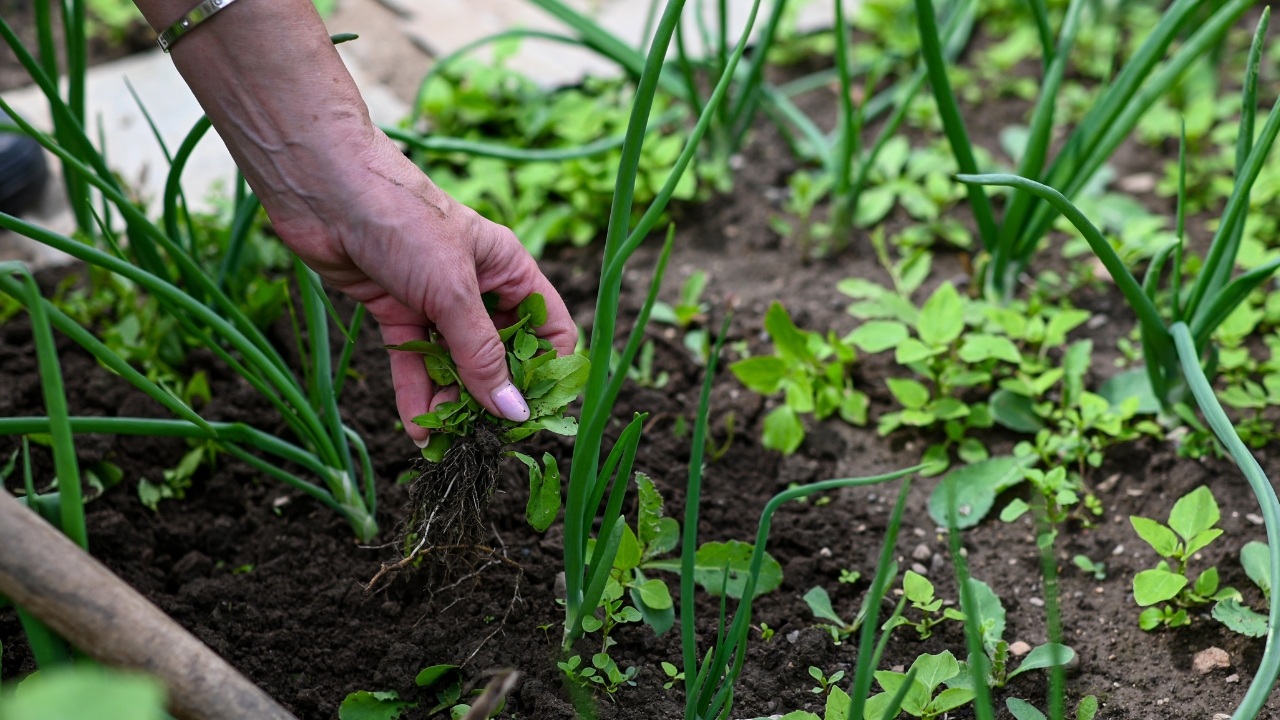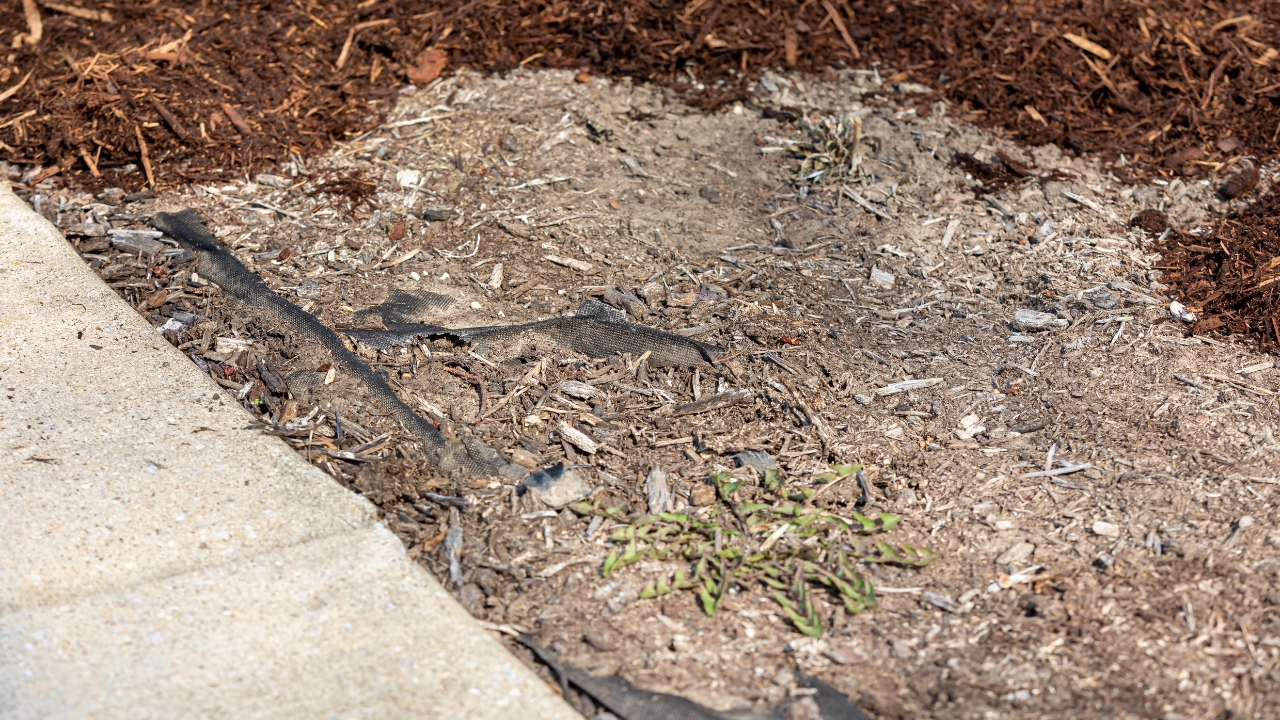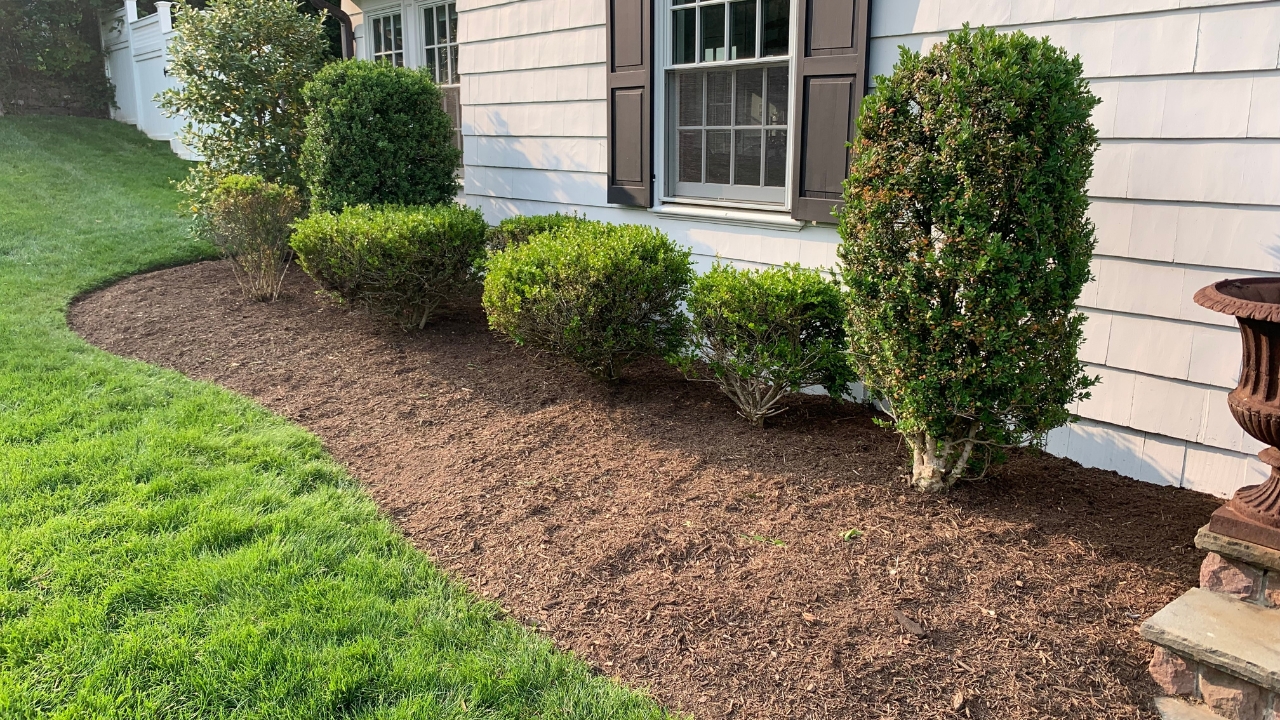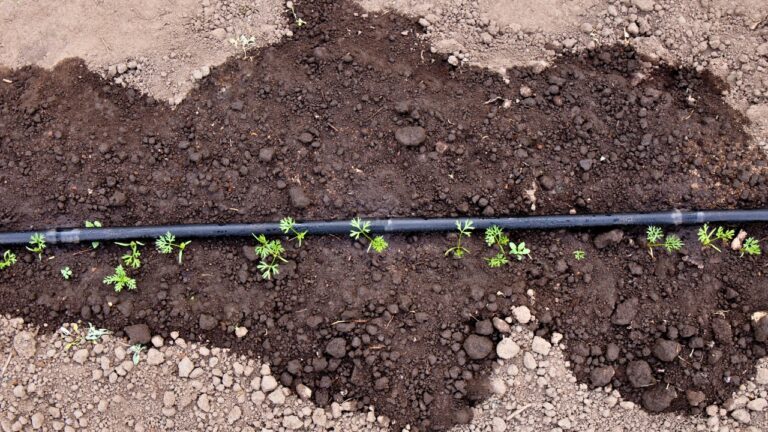7 rookie mulch habits
Mulch makes gardens look polished, keeps weeds down, and protects plants. But many homeowners use it wrong without even realizing it. Landscapers can tell instantly when mulch is helping versus when it’s hurting. If you want your mulch to actually do its job, avoid these rookie mistakes.
Piling It Against Tree Trunks

The “mulch volcano” is one of the most common mistakes. Piling mulch high around a tree trunk traps moisture and encourages rot. It also invites pests and disease.
The right way is spreading mulch in a flat, even layer that keeps it away from direct contact with bark. A couple of inches deep is enough to protect roots without smothering them.
Using Too Much Mulch

More mulch doesn’t mean better protection. A thick layer blocks air and water from reaching the soil, suffocating plant roots.
The sweet spot is two to three inches. That depth conserves moisture and suppresses weeds without stressing the plants you’re trying to protect.
Ignoring Weed Control First

Throwing mulch over weeds doesn’t solve the problem. Weeds eventually push through, leaving your garden messy again.
Landscapers always remove weeds or lay down a barrier before mulching. Starting clean makes the mulch last longer and actually keeps weeds from taking over.
Choosing the Wrong Mulch Type

Not all mulch works the same. Fresh wood chips can rob nitrogen from the soil, while stones can heat up flower beds and stress delicate plants.
The right choice depends on the space. Organic mulches improve soil as they break down, while stone or rubber works better in areas where you don’t want constant replacement.
Forgetting to Refresh Mulch

Mulch breaks down over time, especially organic varieties like bark or straw. Letting it sit too long leaves it looking faded and less effective at blocking weeds.
Refreshing the top layer once or twice a year keeps beds looking clean and helps mulch keep doing its job.
Mulching Over Wet Soil

Putting mulch over waterlogged ground locks in that moisture and can create root rot. It also makes soil compact faster.
Landscapers wait until the soil is dry and prepped before adding mulch. That way, it helps regulate water instead of trapping excess.
Neglecting the Edges

Spreading mulch without clear edges makes it spill into lawns and paths. It looks sloppy and creates more work later.
Using edging tools or borders keeps mulch in place. It gives beds a cleaner appearance and makes the effort worthwhile.
*This article was developed with AI-powered tools and has been carefully reviewed by our editors.







